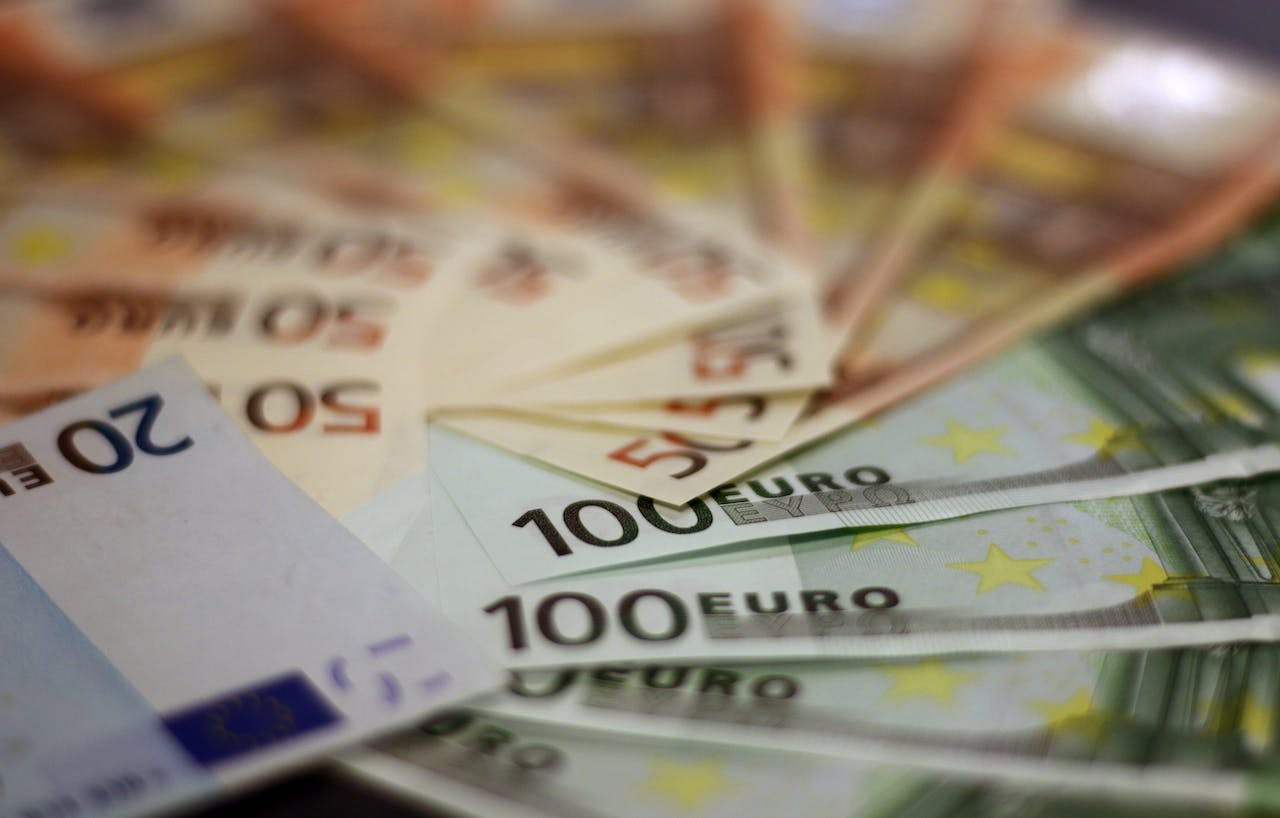Borrowing costs in the Euro Zone surged on Monday as investors paused their activities following speculation that the European Central Bank (ECB) would implement significant rate cuts by December 2024. This development sent the benchmark Bund yield to a seven-week low and pushed U.S. Treasury prices higher, fueled by weak economic data and a more lenient refunding announcement.
Before this week, money markets had been pricing in ECB rate cuts of up to 100 basis points to the deposit facility rate, reflecting widespread expectations of a substantial policy shift. However, these expectations have since been tempered, and the anticipated rate cuts have been scaled back to around 95 basis points.
Similarly, futures for the ECB euro short-term rate in December 2024 were noted at 2.98%, suggesting a deposit facility rate of approximately 3.1%. As a result, the benchmark 10-year Bund yield experienced a sharp rise of 6.5 basis points, reaching 2.70% on Monday, marking its most significant weekly drop in five months.
In contrast, Italy’s 10-year yield increased by 8 basis points, reaching 4.53%, and the spread between Italian and German 10-year yields, which serves as a gauge of risk premium for investors considering bonds from the Eurozone’s most heavily indebted countries, widened to 181 basis points. This was only a slight improvement from the two-week lows of 173.70 observed the previous day.
In the United States, Treasuries also saw an increase, with the 10-year yield rising by 4 basis points to 4.59%. Padhraic Garvey, ING’s regional head of research for the Americas, offered insights into the week’s prospects, emphasizing that the focus would not be so much on data as on the Federal Reserve speakers who would be assessing long-term rates in their policy considerations.
Raphael Bostic, President of the Federal Reserve Bank of Atlanta, indicated that the current trajectory of the economy suggests that rate increases may not be necessary. In contrast, analysts at Commerzbank set their expectations for at least 8 to 10 months of a rate hold. ECB President Christine Lagarde reiterated the Bank’s determination to reduce inflation to 2%, a commitment that boosted investor morale in the Eurozone unexpectedly in November, with expectations for the future reaching their highest levels since earlier this year.
It appears that government bond prices in both the U.S. and Europe are poised to stabilize in the upcoming week, characterized by a relatively light economic calendar. Investors are awaiting further data before deciding to increase their exposure to fixed income.
However, concerns about rating agencies potentially impacting Italian yield spreads loom, especially as Fitch and Moody’s prepare to conduct reviews. Investors are closely monitoring the meeting of the European Union’s 27 finance ministers at their Ecofin gathering, where they will discuss a new document on European fiscal rules. These discussions hold significant implications for the Eurozone’s fiscal landscape and will continue to influence market sentiment in the days to come.
In conclusion, the financial landscape of the Euro Zone remains in a state of flux, with speculation surrounding ECB rate cuts contributing to increased borrowing costs. As the markets await further guidance from central banks and economic data, investors are poised for a period of cautious optimism while keeping a watchful eye on developments in Italy and the Eurozone’s fiscal policies.
Source: Yahoo Finance



